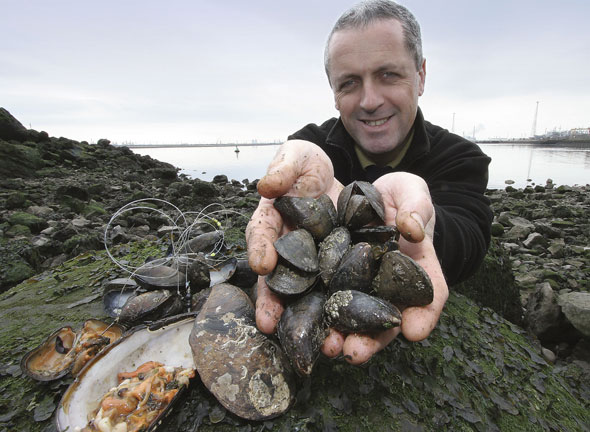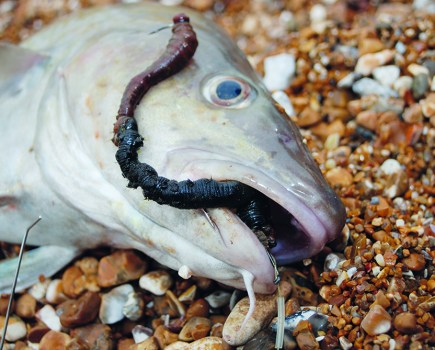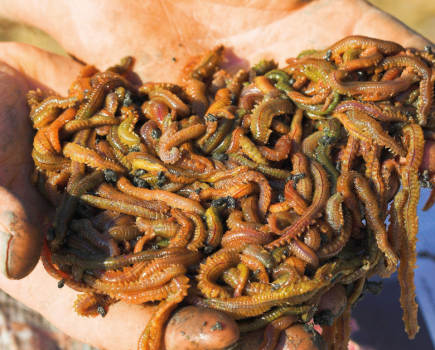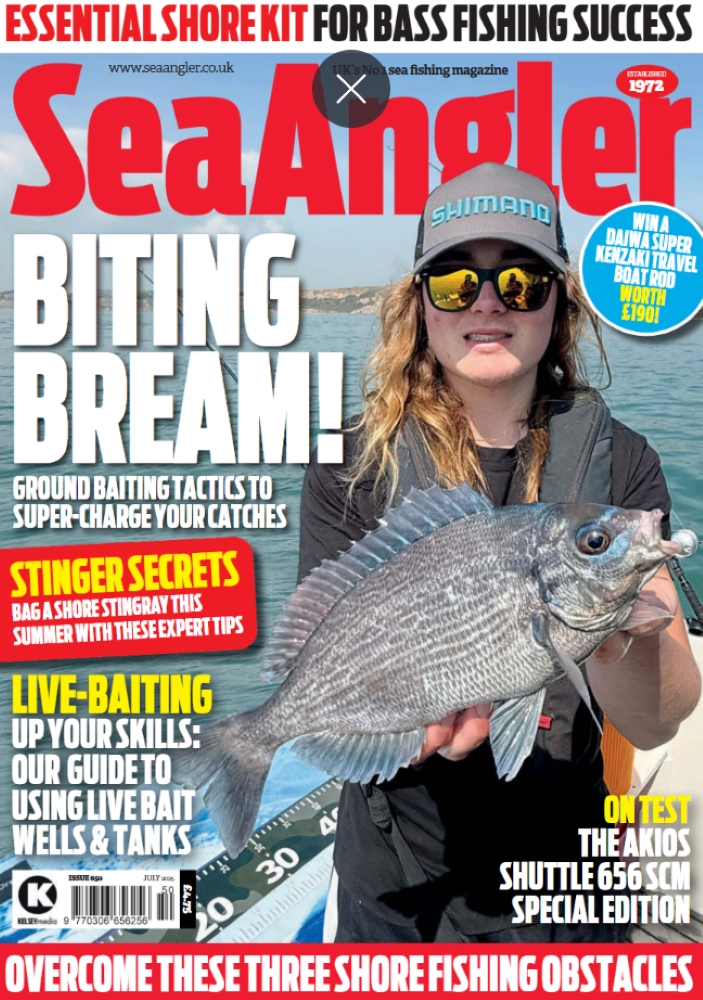Common mussels are easily gathered from most rocky shorelines, sheltered harbour walls and muddy estuaries. They make excellent bait, so why don’t more anglers use them?
Many would say that they take too long to prepare for the hook and it’s easier to buy worms wrapped in paper. True, but after a little practice it is possible to clean several in the time it takes to prepare a peeler crab, which, by the way, needs just as much thought when it comes to collection, storing and preparation. Yet mussels can outfish crab baits.
The biggest problem is finding mussels that are firm and fleshy, rather than a watery thin mess that offers little to put on the hook. Being filter feeders the fatter specimens are nearly always found lower down the tidal range closer to the bottom, preferably in a muddy estuary or harbour. These are submerged longer and therefore feed for greater periods in between tides on natural food particles that live in the silt and mud.
Along the North East coast it is cod, coalfish and various flatfish that are the main species taken on mussel baits. A big, and I mean big, cocktail of a crab and mussels is a killer for cod, especially from the rock edge marks, while smaller cocktail baits are effective for coalfish.
Both species will take mussel baits but it is more usual to use it as a cocktail along with a crab, worms or other shellfish such as razorfish. Many anglers claim it is the best bulking bait. Mussels make a good visual bait; a big ball of bright, yellow-orange mussels stands out against a dark background of rock and kelp. As the bait breaks down it releases small fish-attracting particles, as well as a scent trail, that drifts downtide.
Smaller mussel baits on a size 1 or smaller hook can be deadly for dabs, especially when tipping off the bait with a tiny sliver of mackerel or squid. It will pick up the odd flounder and plaice as well. It is also a deadly bait for fishing down the side of a pier where it can lure big bags of coalfish, small codling, pouting and other species.
Never underestimate how close fish move inshore and be aware that you don’t have to cast out to the horizon to catch them. In the past when coalfish were more plentiful, anglers used to groundbait before fishing a match by crushing up a big bag of mussels and possibly adding hardback crabs as well then hanging the bait bag over the pier side. If the match was not pegged they would throw shelled mussels into their swim the day before and make sure they got up early enough the next day to claim their spot.
Being a soft bait it needs to be tied on to the hook prior to casting. You can fish close in by wrapping it around the hook, although failure to tie it on can result in small fish quickly nibbling the bait off the hook.

1. You need is a reasonably sharp knife with a rounded end, plus a bait container. Hold the mussel in one hand with the pointed end towards you and insert the knife into the shell about halfway down
2. Push the knife through to the other side of the mussel, then away from your hand towards and around the rounded end of the shell and sever the tendons holding the shell together. Now open the shell by hand
3. Scoop out meat and tougher fringes and sever remaining tendons. Once you have enough, tip onto newspaper to get rid of excess liquid. Keep in newspaper and put into a container to use, or freeze in small quantities

4. Hooking your bait is quite simple: Push the hook point through the foot end of the mussel and then up the shank of the hook…
5. Now wrap it around hook shank a few times. If you want a big bait, push it up past the hook eye onto the line, then add more mussels
6. Secure with fine elastic cotton. Don’t tie it on too tightly because the cotton will cut through the soft tissue and the mussels won’t stay on the hook

Wrap the empty shells in several carrier bags before putting them in the dustbin, otherwise after hot weather they will smell. If going bait digging or fishing the same or next day take them with you and tip them in a rock pool where small blennies and crabs pick them clean when the tide floods.







